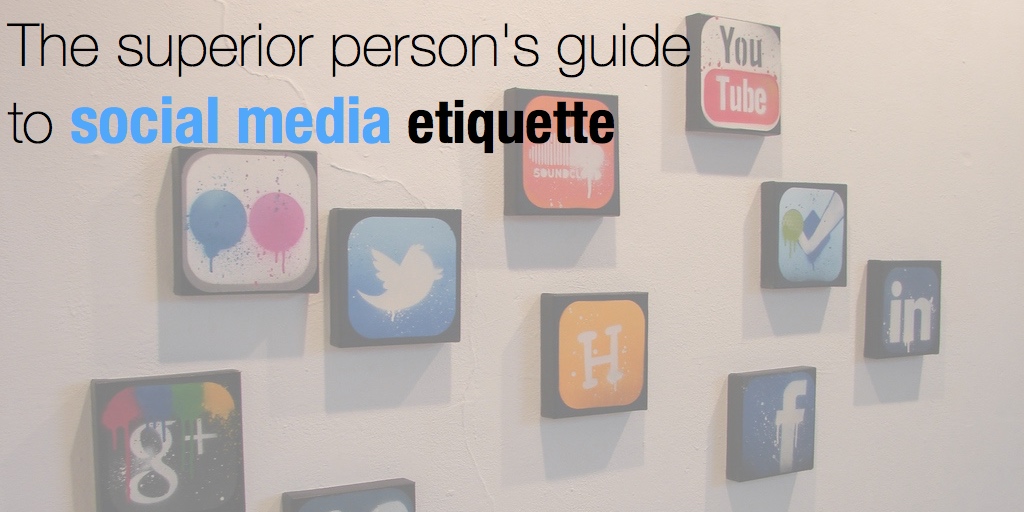
Social media has a very long memory. A few wrong tweets posted years ago can be enough to mar your reputation. Just ask Trevor Noah, the recently appointed host of The Daily Show. He got badly burned for a few tweets he posted three to five years prior to becoming a celebrity.
Few of us are under the scrutiny that celebrities are (thank goodness!), but it doesn’t mean our missteps don’t matter. Or that they can’t come back to haunt us. One dumb post can crush a job opportunity, a promotion, or even a friendship.
The reality is that despite how fleeting it feels, social media is a very permanent medium. It’s also a new thing for a lot of people, which means the rules of engagement haven’t had much time to evolve.
Despite that, there are some common missteps people make. And there are a couple of good practices that can go a long way to keeping your nose clean. Here is a guide to social media etiquette containing logical tips that will help your social media strategy and avoid any mistakes.
1. Avoid negativity.
Know the old saying, “If you can’t say anything nice, don’t say anything at all.” This is one of the cardinal rules of etiquette on social media. If you can follow it, you’ll avoid a whole herd of other social faux pas.
No matter how tempted you are to scrap back at someone, or just to complain about how mind-bendingly stupid something is, hush up.
Being negative on social media, whether it’s a nasty tweet or a nasty comment left on a blog, usually makes you look worse than the thing you’re swiping at. In other words, being negative hurts you more than it hurts your target.
So no matter how much you want to drive the knife in, try to find something positive to say. And mean it, too. Fake, sarcastic positivity doesn’t fool anybody.
2. Give to get.
Social media is a giver take all medium. You have to share other people’s content, praise other people’s work, and endorse and recommend others.
This is part of why we’re encouraged to share no more than 20% of our own content, and at least 80% of other people’s content. That’s a curation formula some even say is too heavily weighted to the sharer.
So whenever you feel like you’re not getting anywhere on social media, look to how you can give more. Can you go endorse anyone on LinkedIn? Who’s content could you to share or like? Whose blog could you go leave a clever comment on.. or just a nice short thank you?
Keep giving, and the medium will be kind to you. But try to do nothing but promote yourself, and you should expect thin returns.
3. Say “thank you” as much as possible.
This is another variation on giving to get, but a bit more specific. In time, as you create better content and your audience grows, you will start to get some social media love from your audience. You know… the unrequested tweets. The nice comments. The flurry of likes after you’ve posted.
Thank people for those interactions. You may not even be able to thank everyone. But add it to your social media to do list to thank at least a couple of people for their tweets and shares of your content.
If you get comments on a blog post, thank people and respond to them. Even busy Neil Patel still answers every comment on his posts.
4. Don’t message people right after you’ve followed them or connected with them.
This continues to be one of the biggest turn-offs in business social media interactions. There’s even a meme for it.
So let’s be clear: Do not send automated direct messages to people after they’ve just followed you on Twitter, or connected with you on LinkedIn, or connected with you anywhere else.
You’re not exempt from this if you send a cute DM that acknowledges how annoying automatic DMs are. You’re just demonstrating how you think the rules don’t apply to you.
People are busy. Just because they accepted your invite doesn’t mean they owe you anything. It doesn’t mean they’re your close personal friends. So don’t pretend like you are.
5. Don’t ask for favors you haven’t earned.
This is tricky, because there are stories of people reaching out to celebrities and getting help simply because they asked for it.
That’s a bit different than what I’m talking about. I mean when you connect with someone online and then they start asking for your opinion about their product. Or they ask you what you think of their latest blog post. Or they ask you to share their content or even to write a review of their app or their book.
It’s not like you can’t ever ask for these things. But don’t do it out of the blue. And don’t do it do every you connect with. And definitely don’t keep asking. More than two requests are overkill.
If you do want a favor, the best practice is to first, start sharing someone’s content on a regular basis. Do things like comment on their blog and review their books. After you’ve built up a string of good deeds, then, and only then, make a light ask.
6. Give people credit for their work.
People put a lot of work into their content and other digital assets. If you’re going to use some of their content or share it, mention them.
Include their Twitter handle in your tweet. Give them a hat tip on Google+. Add a link back to their site if you use an image, a graph, or if you specifically cite their research.
These niceties give them more visibility. It might also get you more retweets and shares, depending on whether or not they share your content in turn.
7. Don’t overpost.
Single best way to get unfollowed on Twitter? It’s to “burst” your tweets – send out a bunch of tweets within seconds of each other. On LinkedIn, the timing is different; it’s okay to post two or three updates a day on LinkedIn. Post any more than four times a day on LinkedIn and you’ve become an oversharer.
Bonus: Don’t leave more than one comment on a blog post, unless you’re responding to a comment someone placed in reply to your earlier comment. Commenting more than once starts to make you look like a troll, not a contributor.
8. Don’t send invasive, spammy messages to anyone, regardless of whatever new technology you find to do it with.
A recent example of this would be tagging people on Facebook or Google+. Don’t do that unless you know them, or do it very rarely and for good reason (good reason = being helpful).
Also, please don’t tweet at people about content they have no interest in and have never shared about. I’ve started seeing these a lot recently. Someone tweets at me about an article I have zero interest in, that’s not remotely related to what I tweet about or share. If I’m feeling dumb, I follow the link in the tweet, only to realize I’ve been spammed. Then I block the sender.
9. Don’t leave comments on blog posts without having read the post.
This annoys the author of the post you’re commenting on. It may also annoy the editor. It makes you look dumb and off base at exactly the moment when you want to look smart and on point.
Please also follow suggestion #1 in your blog comments. And FYI: Being snide counts as being negative. Being borderline snide and then ending your quote with a smiley face does not get you off the hook for being a jerk, either.
If you’re tempted to leave an angry or nasty comment, at least go cool off for a bit before you do it. Try talking about it with someone, just to blow off steam in a non-permanent way. Remember: Some blogs don’t let you edit comments after you submit them. You never know who’s going to come across that comment.
10. Don’t share overly personal information in a business account.
This is a blurry line, so let me explain a bit:
- A business account would be where you mention what you do for a living in your profile description. If you include your title or where you work in the description, it’s definitely a business account.
- It’s not a bad thing to share some bits from your personal life. Depending on your business, your personality, and what you share from your life, I could see someone getting away with up to 20% of their shares being personal. Social media is supposed to be social. That requires being who you are.
Those two caveats aside, sharing endless baby pictures on a business account is a little overdone. Checking in everywhere, so we all know every time you buy coffee, is a little odd. Taking photos of your food more than every couple of days is odd, too. Too much odd, and your sharing shifts into just being weird.
Of course, if you’re a chef, it makes perfect sense if you share photos of food all the time. If you’re a decluttering expert, it’s legit to show a photo of your car’s glove compartment.
There’s no hard and fast line here, except for one instance. For your own safety, and to the benefit of everyone… no sharing after the second drink, OK?
Conclusion
Social media etiquette can almost be distilled down to “do unto others as you would have them do unto you”. But not quite. Depending on your personality and how you use social media, what’s acceptable for you could be out of line for someone else.
That’s a good thing. Super-stringent social media rules would just make things boring. And that would break the all-time, undisputed law of social media: Be interesting.
Got any social media etiquette tips or complaints you’d like to go on record with? Leave a comment, please.
Image by Harco Rutgers.

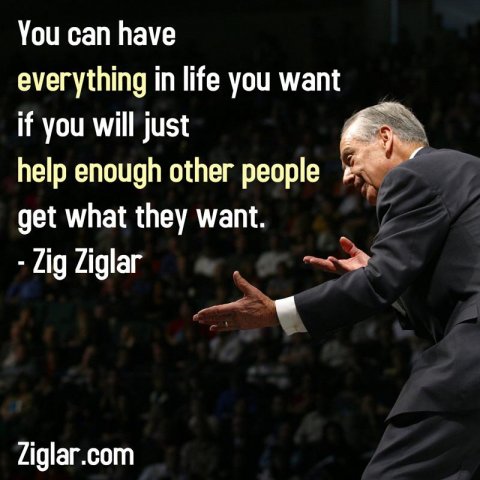
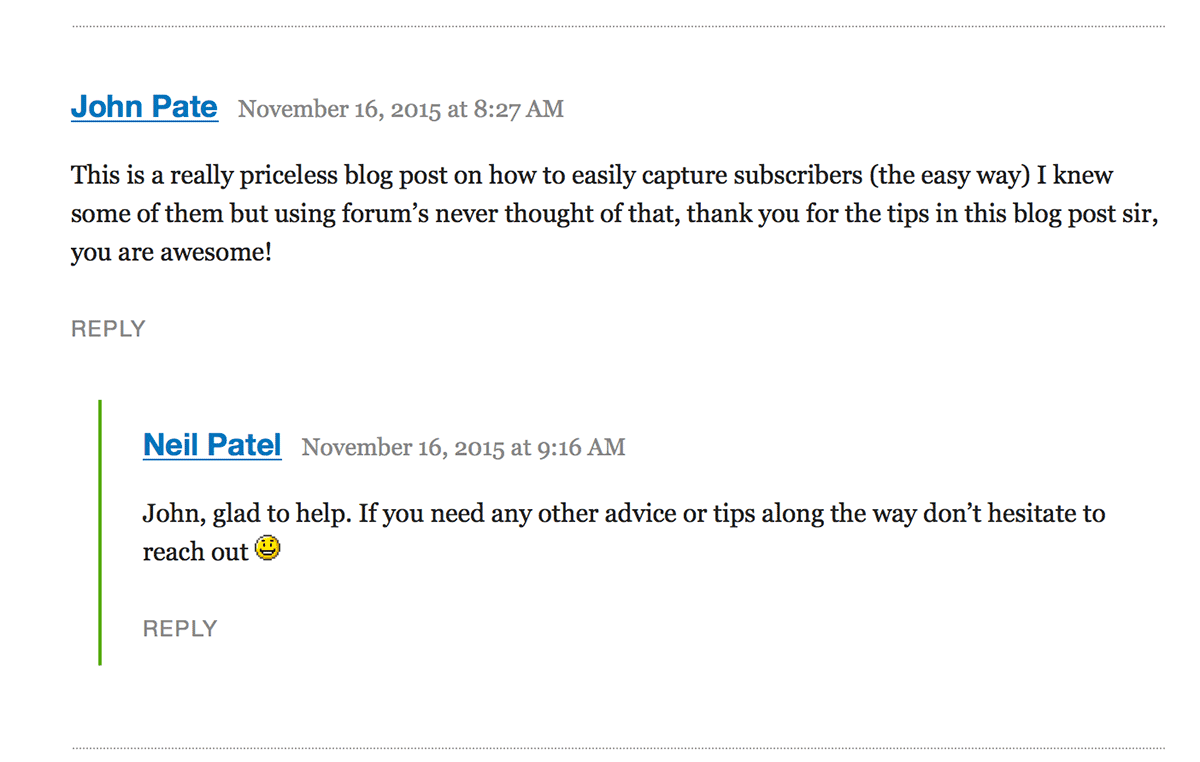
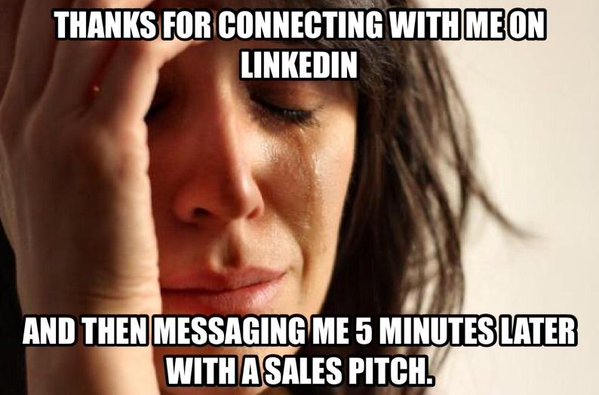
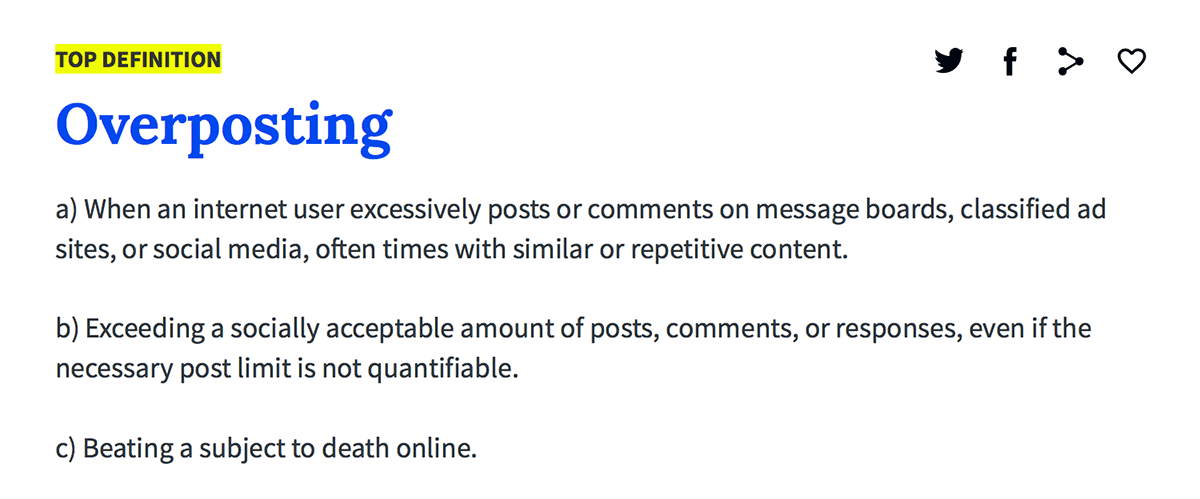
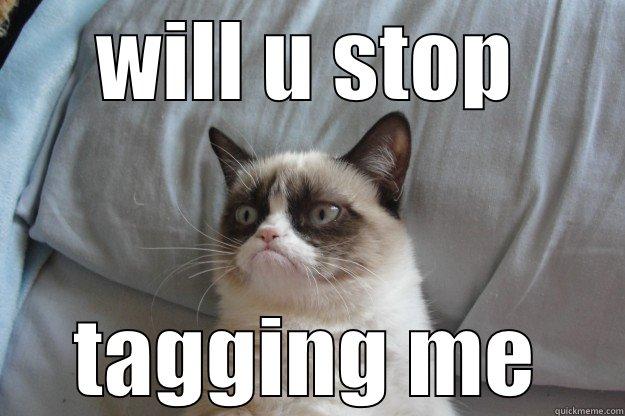


Thanks for the great list Pam. I’d like to add one item with respect to LinkedIn. If you want to connect with someone new don’t just use the canned “I’d like to add you to my LinkedIn network” message. This drives me nuts. Tell me why you think we should connect. Did we meet in person somewhere? Do we have common business interests? Unless I recognize the person with the canned invite, I do not usually respond.
Completely agree, Tag Along Travel.
I get good results by saying something like, “we’re following each other on Twitter, thought I’d reach out to you here.” Or I mention how we’ve worked together in the past… I don’t really sent connection invites otherwise.
Thanks for your comment.